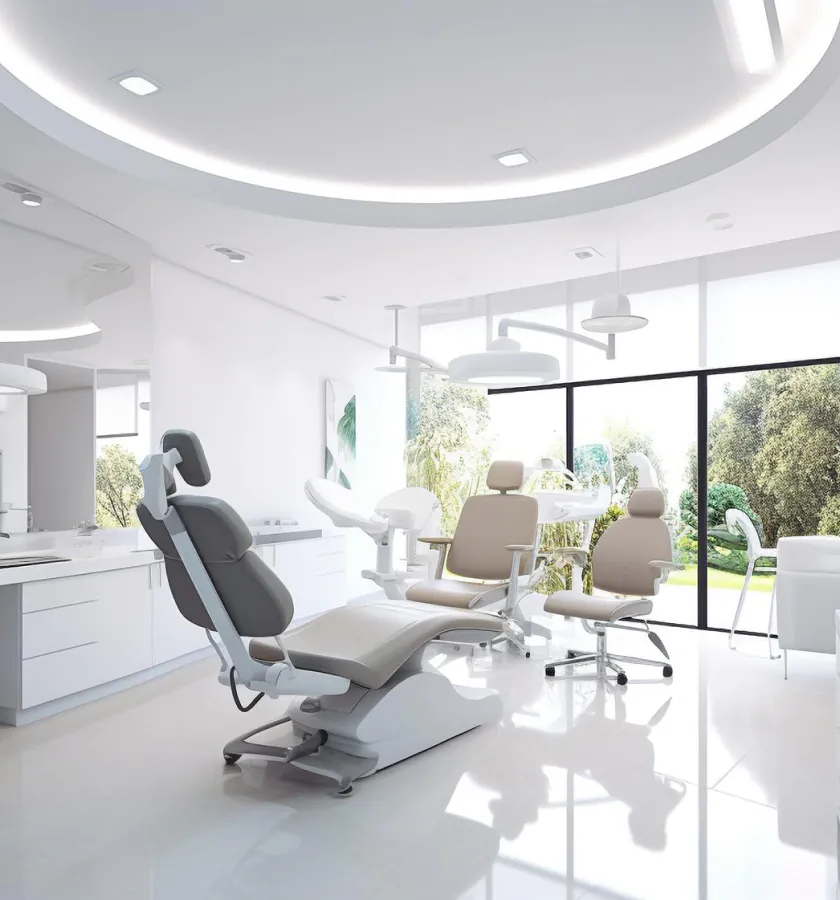It’s well-known that kids get a bit antsy at the mention of visiting the dentist, but did you know that over 15 percent of adult Americans also have “dental anxiety”? For these people, and for others requiring major dental procedures/surgery, sedation dentistry is a viable option.
What is Sedation Dentistry?
Sedation dentistry offers a stress-free solution for patients suffering from “dental phobia”, allowing them to get the vital dental care they need. Through the use of sedatives the patient is placed in a calm, relaxed mental and physical state. The most well-known sedative is nitrous oxide, but several others are used too, including depressants, anti-anxiety medication, and tranquillizers.
In terms of delivering a sedative to the patient, intravenous (IV) sedation was originally the most common process, in which the sedative is introduced into the bloodstream via an injection. However, over the last decades the technique known as “oral sedation” dentistry, a needle-less alternative, has become the most common approach to sedation in the U.S. In any case, today’s sedation techniques achieve the same goal: providing a significant level of patient comfort, to the point where some patients won’t even remember their visit. In reality though, for the purposes of safety and patient-dentist cooperation the patient is still in a semi-lucid state.
Another benefit to sedation is that the local anesthetic (i.e. Novocain) is administered via needle after the sedation is complete, meaning the patient won’t feel a thing when the anesthetic is injected. Also, sedation dentistry allows for longer procedures be completed, resulting in fewer patient visits. Plus, the comfortable experience afforded to a patient is such that he/she will be more likely to follow a regular dental check up plan.
Different Types of Sedation Dentistry
Several different types of sedation dentistry are in practice today. Before making a decision on which type of sedation to use, the team at Specialty Dental Care in Omaha evaluates the procedure length, the patient’s medical history (including any current medications), and the patient’s anxiety level.
Here’s a list of sedation options, ordered from mildest to deepest:
Anxiolysis
This involves sedation using nitrous oxide (“laughing gas”). The sedative is delivered to the patient via a small mask placed over the nose. Nitrous oxide induces a general feeling of well-being, along with some numbness and tingling.
Moderate Sedation
Moderate sedation involves a depressed consciousness level, but independent breathing, response to verbal/physical stimuli, and reflex retention are all still present. Typically, an oral medication is provided to the patient for drinking before the appointment. Additional medication may be administered once at the dentist’s office. The presence of the oral medication accentuates the need for someone to drive the patient to and from the office.
Intravenous (IV) Sedation
IV sedation produces similar effects to moderate sedation. The biggest difference, aside from the use of a needle, is that IV sedation takes effect almost immediately and is therefore more common for shorter dental procedures. “Time-loss” is a common side-effect of IV sedation, with many patients feeling like a two-hour appointment took only a few minutes.
Learn more about sedation dentistry in Omaha by contacting Specialty Dental Care today.


